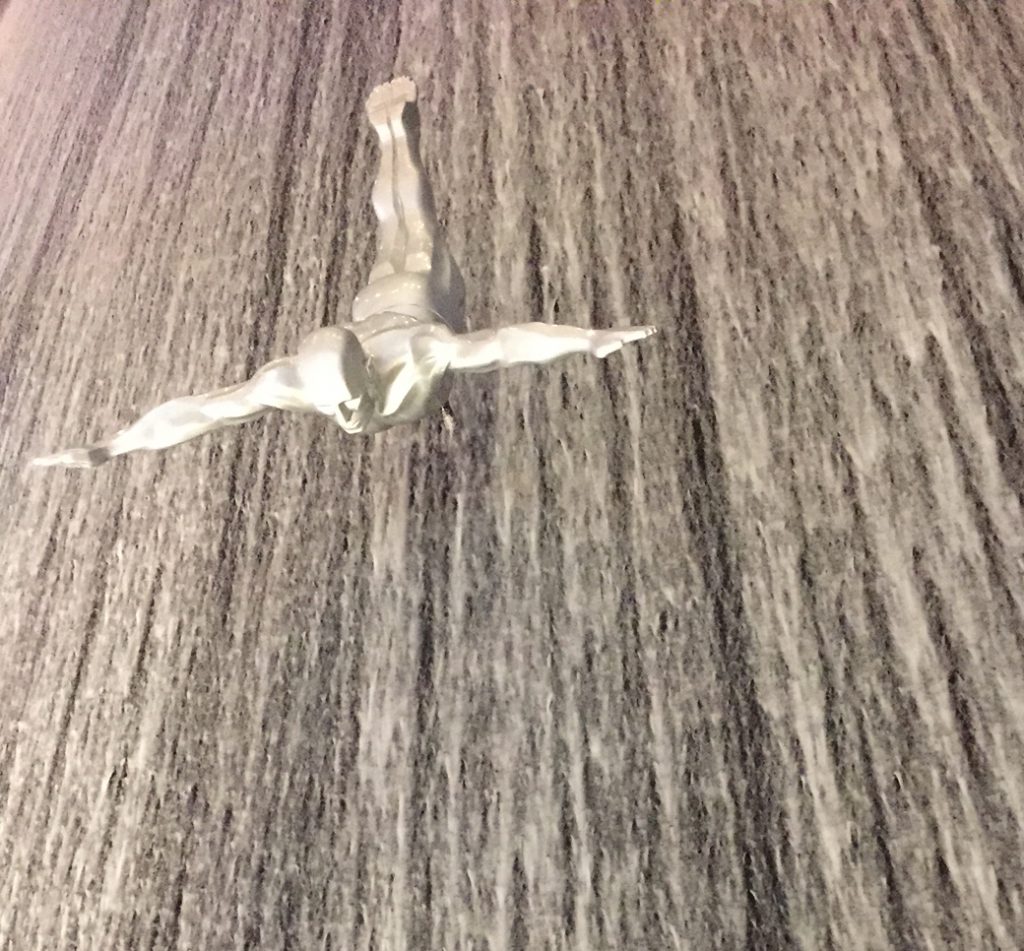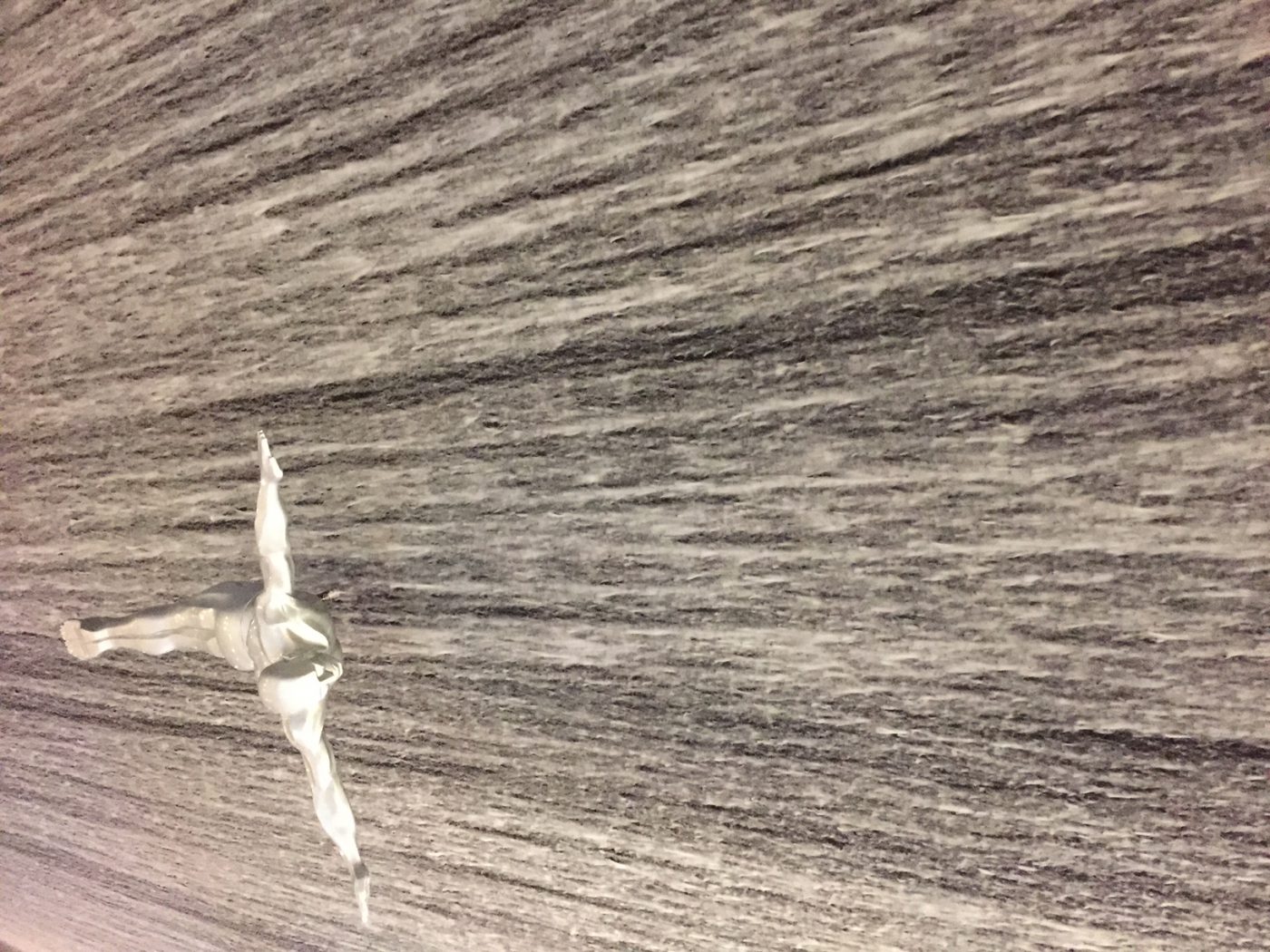It’s Sunday afternoon. I’m doing my weekly shopping, sending a list to the grocery store, buying dog food (lots of it). Finally printing the label to return that sweater, that may have been a little … optimistic … from a size perspective.
All of this is done at home, while drinking tea, on my couch, watching cycling on TV.
And in that sense, I guess I am probably the definition of a growing group of digital consumers, who are affecting the industry we work in, both directly or indirectly.
The attractions industry operates in this marketplace, which becomes increasingly more digital every day.
The digital world influences how we communicate with our guests. What happens on social media is equally as important, as what is taking place on the traditional communications platforms. At the same time, however, it is changing at warp speed. Here in Sweden, for example, the activity level on some of the major social media platforms has reduced by 20% since January 2017, underlining the fact, that you should never built your house on rented land.
The digital world influences how we develop our product. Even though the base product is an analogue one, the digital integrations with apps, tracking solutions, queuing, entertainment and revenue streams, virtual reality (VR), augmented reality (AR), enhanced experiences and more – all have an effect and play a role.
The digital world influences our competitive environment. A few years ago, a survey in Germany asked teenagers to name the primary competition to visiting an amusement park. The answer was not what we might have expected. It wasn’t cinemas, restaurants or shopping malls; instead it was their mobile phones. We are competing in a completely different arena today.
The digital world influences how we sell and distribute our product. More and more businesses are moving embracing and moving to digital platforms. For our industry, e-commerce allows us to introduce dynamic pricing and yielding. While it’s true both are already here, we will continue to see this trend increase and become more dominant in the near future.
The indirect effects the digital space has on our industry can be even larger. Look at my own Sunday afternoon shopping, and the “death” of retail as we know it. How is this relevant to the attractions industry? How does the demise of big, traditional retailers and the closing of regional shopping malls affect the us?
The answer is quite simply found in what we already do. We provide experiences. And for stores and malls that provide IRL shopping, I believe their future, will also be based on the experiences they provide to their customers. It’s no longer just about the product. We have examples of larger shopping malls that are becoming integrated entertainment hubs. From that standpoint, shopping could grow to be both a competitive force to be reckoned with as well as an integral constituency in the global attractions industry.
Almost 20 years ago, I read my first Pine & Gilmore book, “The Experience Economy.” In many ways, the book was before its time, and its ideals are more relevant today than ever before. Not just because of changing consumer behavior and cultural shifts, but also because of technological advancements and disruption across so many businesses.
As we look at the global marketplace, the growing application of digital technology, the advances in our industry, it is hard to predict what’s next. And that fact really is the key. With so many changes, the future marketplace is hard to forecast.
The only thing that will not change in the future, is change itself.
Andreas





very valuable and well told.
Rgds. Urs